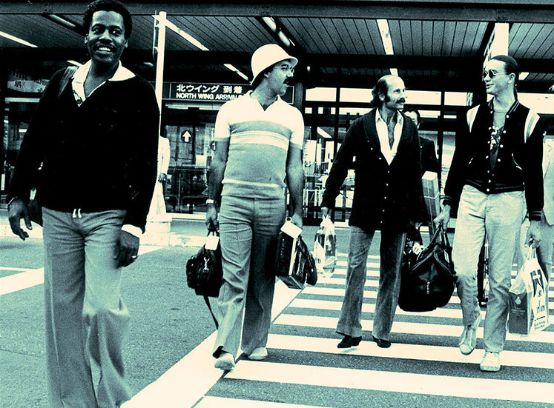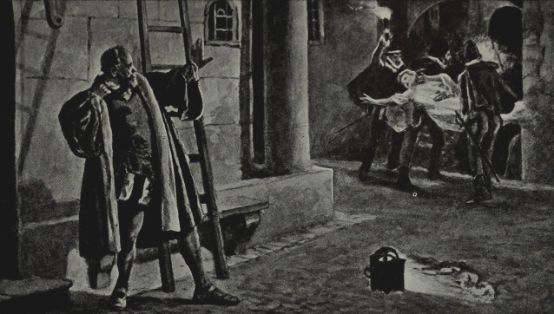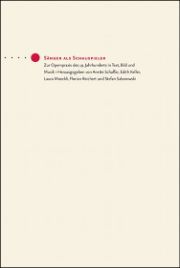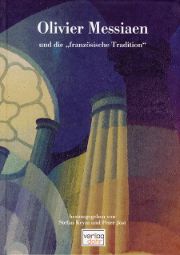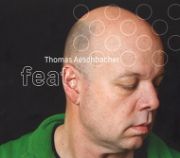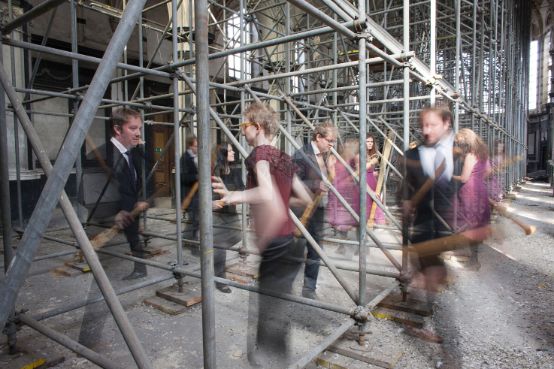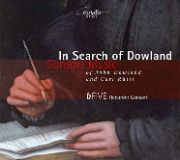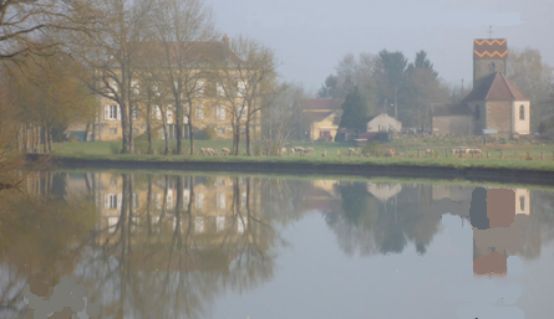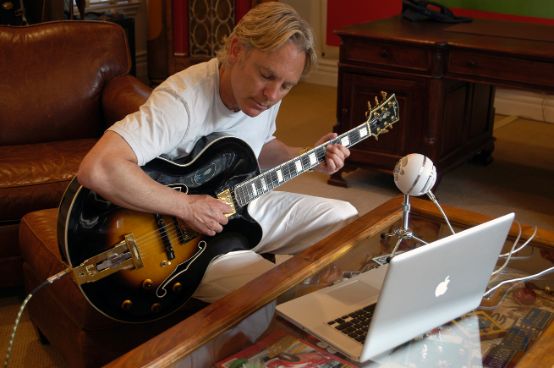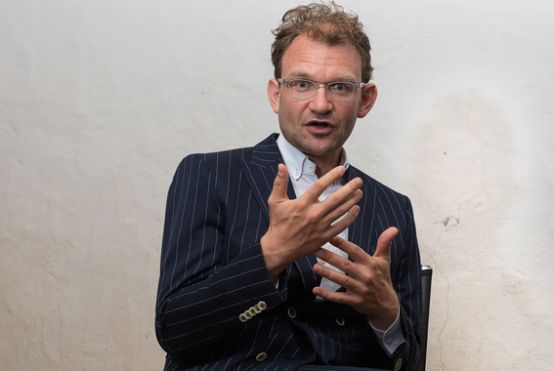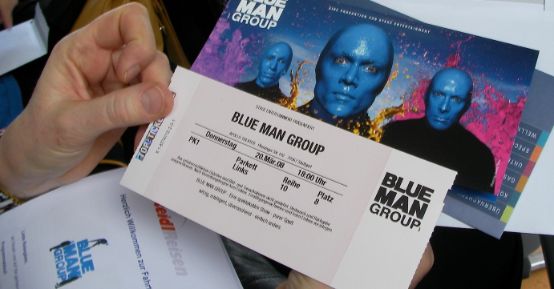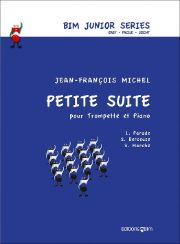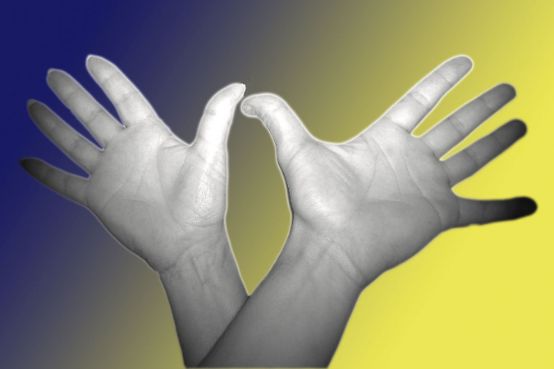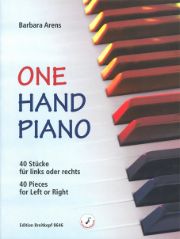Two strange experiments took place in 1996. The University of Geneva and the German National Research Center for Information Technology in a suburb of Bonn were involved. On May 30, a pianist and a singer in Geneva rehearsed with a singer in Germany using an audiovisual system. The main aim was to test a new network technology, and this project was ideal for this because music requires an immediate and continuous exchange of auditory information in both directions. On November 15 of the same year, musicians in Geneva prepared a performance of Pierre Boulez' Dérive under the direction of a conductor in Germany. Large screens on both sides and an artificial head equipped with microphones in front of the group of musicians were intended to give the conductor the impression that he was standing in front of the ensemble.
Both experiments took place less than twenty years ago, but compared to the existence of the internet, they were in the Middle Ages, so to speak. So musicians were quick to try to use the new technology for remote rehearsals. Especially for busy professionals, it is often difficult to meet for "real" rehearsals, or no suitable room can be found.
One bar later
Around the year 2000, several programs for musical exchange emerged, such as Ninjam, eJamming and JamNow. And with them, solutions to the problem of latency, the delay of the signal from one point to another. Some of them are strange. With Ninjam, the music is shifted from one place to another by one bar. The latency is extended to a musical measure, one bar. So you play with others, who can be anywhere in the world, and everyone hears their fellow players one bar after they have played. That sounds bizarre, and it also throws some musicians completely off their stride. Others can adapt to it perfectly and jam for hours with like-minded people. This has resulted in a large community that is very active online. Countless audio and video examples document that the program works very well, especially in jazz, rock and pop, where everyone plays their solo on sequences of eight or twelve bars.
Ninjam has not been updated since 2006, but is still used intensively. The program is probably less suitable for bringing together a large number of players in different locations for a rehearsal, but it is ideal for getting to know musicians in distant countries and playing with them without leaving your own room.
Technical progress
eJamming was developed in 2010, much later than Ninjam, and has solved the problem of latency. Thanks to ever faster internet connections, musicians can play together in real time. Unlike Skype, eJamming offers much better sound quality, comparable to that of a CD. The developers are currently working on a new version, eJamming Studiio, which will include not only the sound but also the image so that the musicians can see each other when rehearsing at a distance. Another extension, eJamming Teach, is being developed for the exchange between teachers and students and will also make scores and educational materials accessible. In contrast to Ninjam, however, this more professional system costs 90 dollars per year.
Despite the advances and convenience, it is unlikely that these systems will one day replace the good old rehearsal. But they do offer the opportunity to play together with others across physical barriers, to play along somewhere without belonging to a fixed group, or to learn new musical techniques by listening to distant colleagues. And that's quite a lot.
> www.cockos.com/ninjam/
> www.ejamming.com







